Seahorses belong to the genus Hippocampus (scientific name: Hippocampus) of the family Syngnathidae in the order Syngnathidae, and are a general term for all ray-finned fish. This small marine creature is usually about 5 to 30 cm long and is named because its head is curved and almost at right angles to its body. With its unique appearance, seahorses have deeply attracted people's attention and are regarded as the mount of the sea god in Greek mythology. There are about 50 species of seahorses in the world, most of which are distributed in the coastal shallow waters of the western Atlantic and western Pacific.
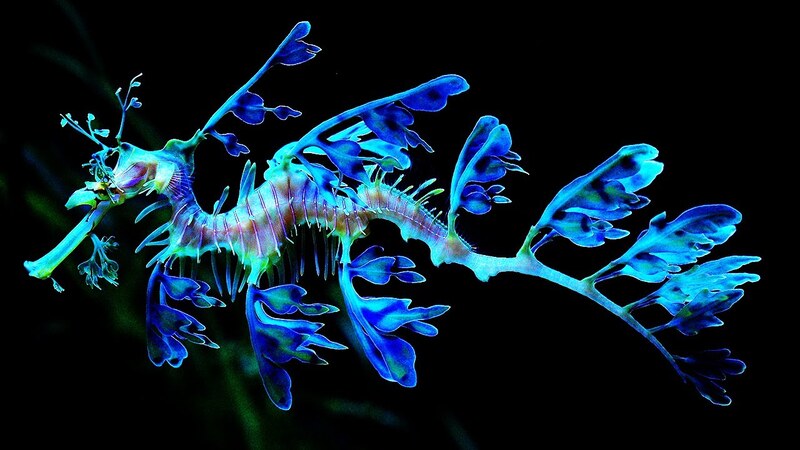
In Chinese literature, records of seahorses can be traced back to the "water horse" in the "Nanzhou Yiwuzhi" during the Three Kingdoms period, and the word "seahorse" was first seen in the "Compendium of Materia Medica" in the Tang Dynasty. So, which seahorse species are the most beautiful? The editor has compiled a list of the top ten most beautiful seahorse species for everyone, including Barth's pygmy seahorse, kissing seahorse, Dennis's pygmy seahorse, tiger tail seahorse, Peng's seahorse, flower seahorse, thorny seahorse, etc. Come and take a look!
1. Bargibanti's Pygmy Seahorse (scientific name: Hippocampus bargibanti) is also known as Bargibanti's Seahorse
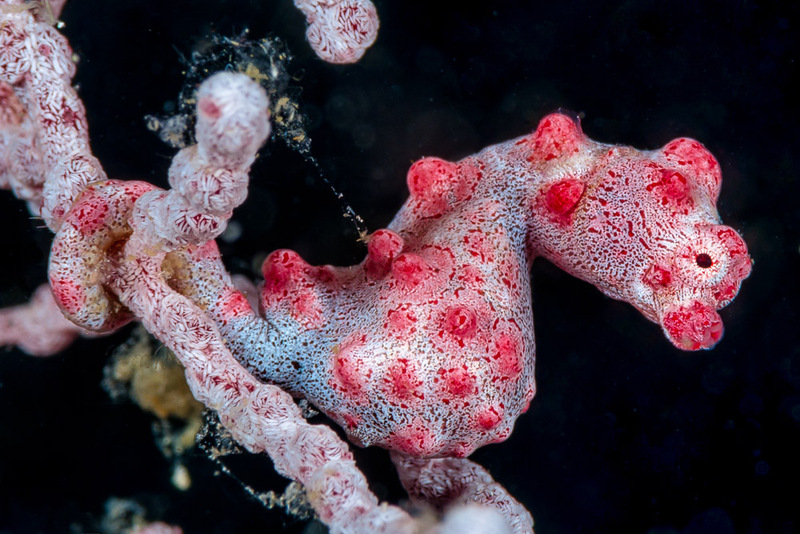
This fish is currently only found in the central and western Pacific region. It is very small, with a maximum height of only 2.4 cm. There are two common color types of this seahorse: one is grayish white with pink or red nodules, usually living on red gorgonians; the other is yellow with orange nodules, usually living on yellow gorgonians.
On the coral-colored sea fan, the protective color of the pygmy seahorse has a very good camouflage effect.
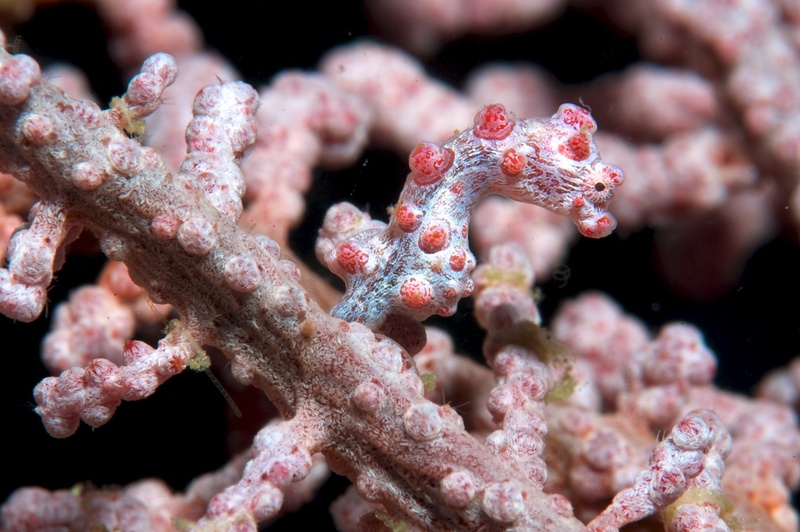
The excellent protective color of the pygmy seahorse makes it extremely difficult to be found among the gorgonians it inhabits. This species was discovered in the laboratory while studying gorgonians. Although there are other seahorse species that can change color according to their surroundings, it is not known whether individuals can change color if they change habitats.
2. Hippocampus reidi
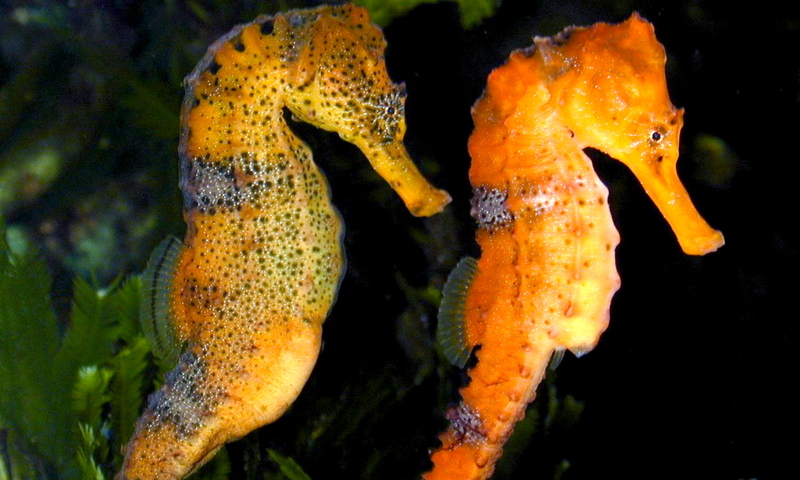
Hippocampus reidi can be up to 18 cm long. Males are bright orange, while females are yellow. They have brown or white spots that turn pink or white when they are showing love. They live in coral reefs and seagrass beds, sometimes walking to mid-water areas. Seahorses are not only ornamental, but are also often used in traditional Chinese medicine. From the saying that "Ginseng in the north, seahorses in the south", it is not difficult to see his status. In Compendium of Materia Medica, Essentials of Materia Medica and Illustrated Classic of Materia Medica, seahorses are mentioned to have the effect of regulating qi and activating blood circulation and treating blood and qi pain.
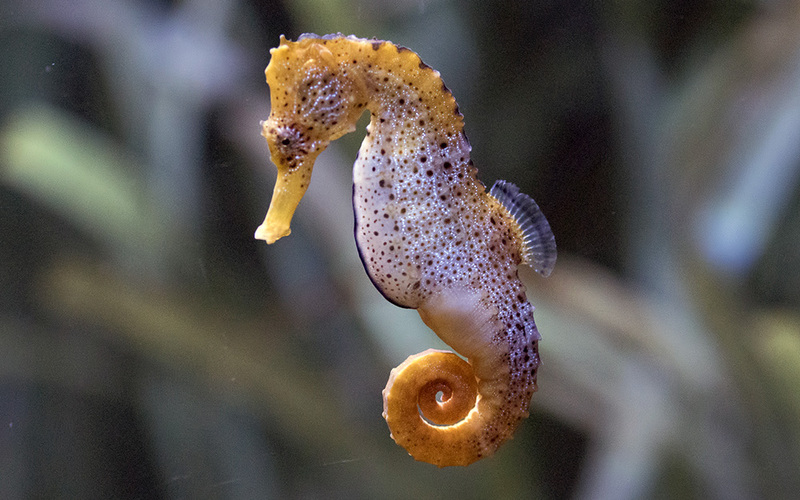
Due to the large market demand and the difficulty of breeding seahorses, seahorses used in traditional Chinese medicine are still mainly wild. The annual trading volume exceeds 37 million, and there are more than 80 countries in the world that trade seahorses, such as Brazil, India, the Philippines and China. Hong Kong is the main import and export area for seahorses used in traditional Chinese medicine.
3、Denise's pygmy seahorse (scientific name: Hippocampus denise)
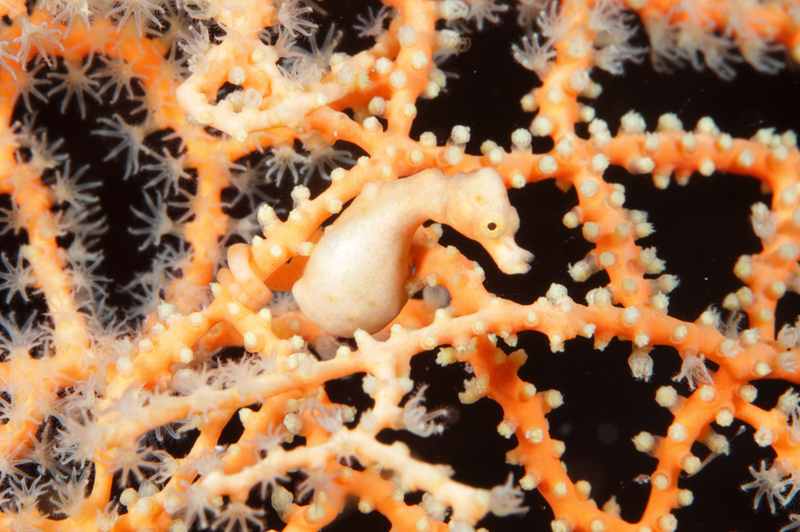
Denise's pygmy seahorse is distributed in the Red Sea and lives on sea fans at a depth of 13-90 meters. The average body length of this seahorse is about 15.7 mm, with a fleshy head and body, covered with a large number of bulbous tubercles, and no such tubercles above the eyes. It has a short mouth and a long tail that is suitable for grasping.
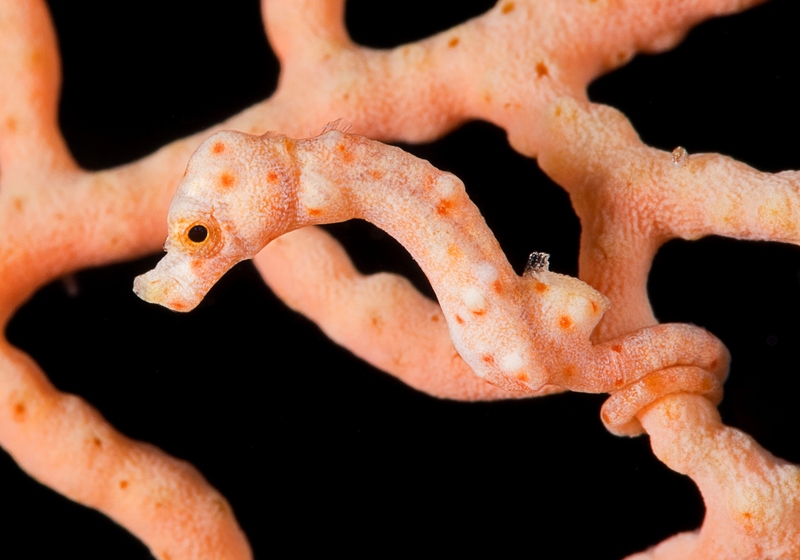
Dennis's pygmy seahorse is usually pure orange or orange with dark spots on its body and some dark stripes around its tail. Its body color changes with the sea fan, which is very charming. It is carnivorous, feeds on small crustaceans, and is ovoviviparous.
4. Tiger tail seahorse (scientific name: Hippocampus comes)
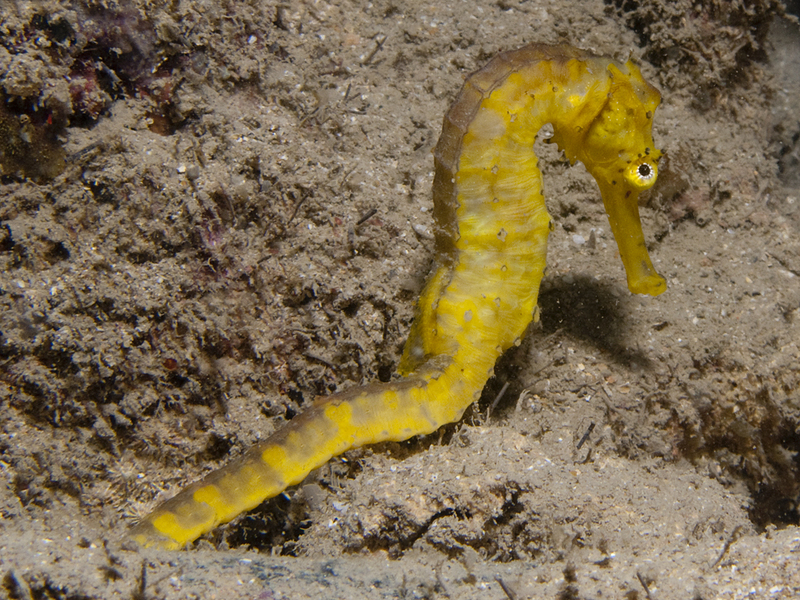
Tiger tail seahorse is listed as a secondary conservation animal by IUCN, mainly distributed in many areas of the eastern Indian Ocean and the western Pacific Ocean. Its range of activities includes the Philippines, Indonesia, Malaysia, Singapore, Vietnam, Thailand and the Andaman Islands of India.
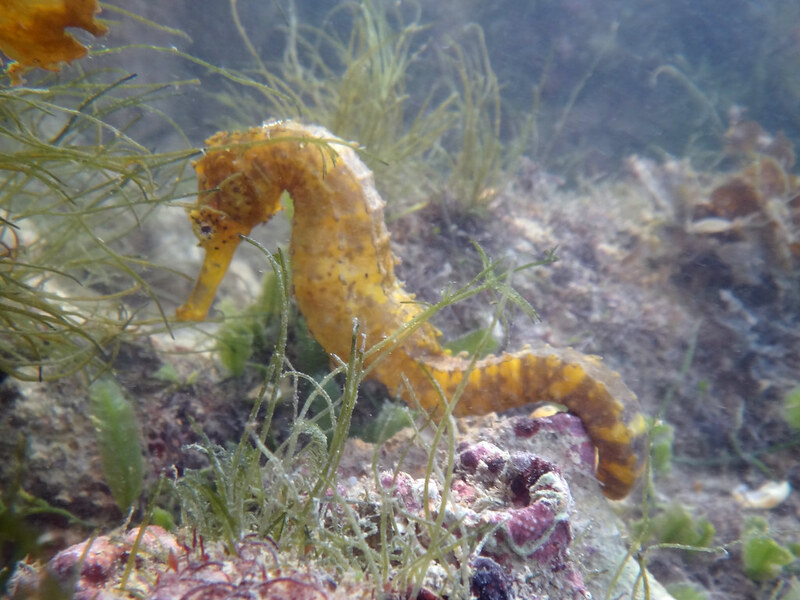
Tiger tail seahorses can live at depths of up to 20 meters and can grow up to 18.7 cm in length. They usually live in coral reefs and often appear in pairs. They are carnivorous animals that mainly feed on small crustaceans and are nocturnal. Due to their beautiful appearance, tiger tail seahorses are often kept as ornamental fish.
5. Hippocampus pontohi (scientific name: Hippocampus pontohi)
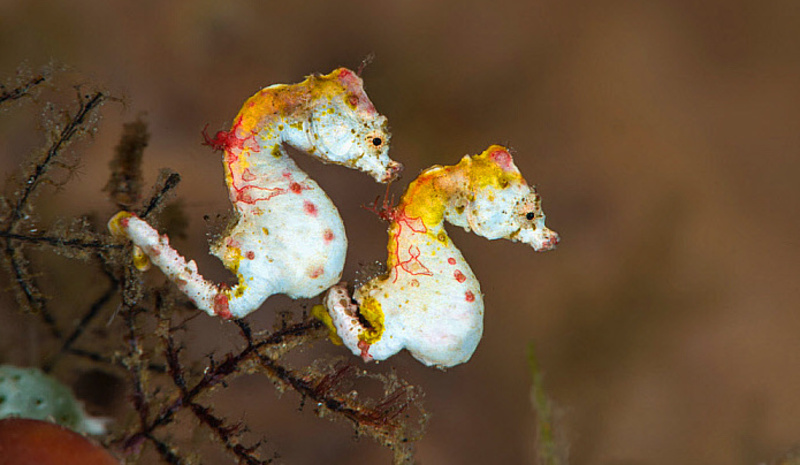
Hippocampus pontohi, also known as Hippocampus pontohi, is one of the most beautiful species of pygmy seahorses. Hippocampus pontohi is distributed in Indonesian waters and lives at depths of 11-25 meters. It is only 1.4 cm tall and 1.7 cm long, with loosely arranged nodules scattered on its body and tail. At the back of the fifth body ring, the dorsal spine gradually increases, and there are forked filaments on the top.
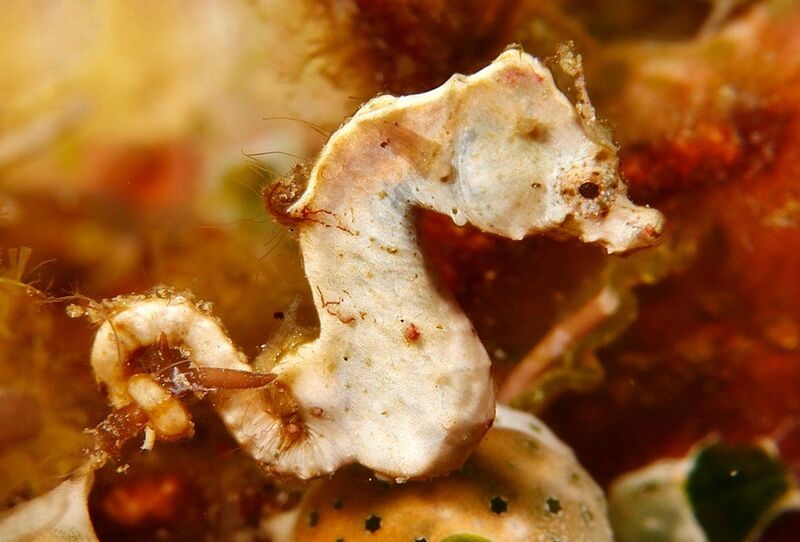
Its body color is generally white, pink or light yellow, and the trunk sometimes has red lines, and the tail has red stripes, which is very charming.
6. Flower seahorse (scientific name: Hippocampus sindonis)
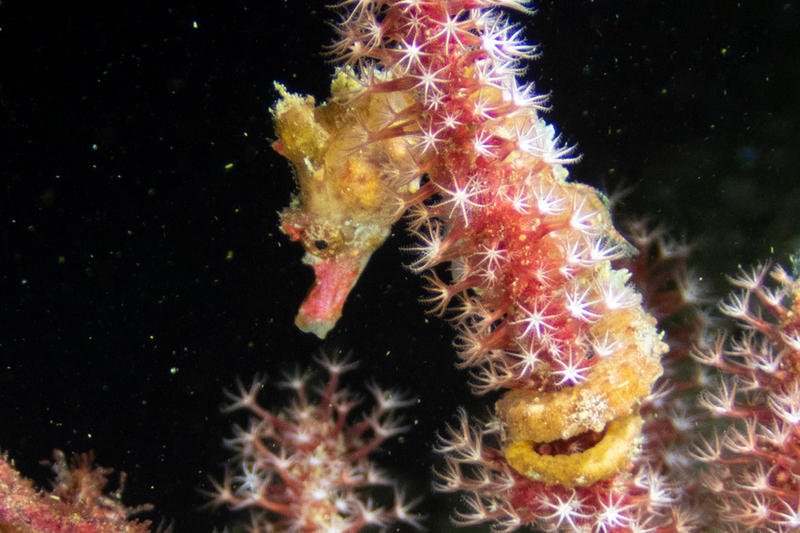
Flower seahorse is also called Sindonis seahorse. It has well-developed protrusions in the form of tentacles all over its body. The name is named after the scholar Sindonis who first discovered this type of seahorse in 1901. This seahorse usually lives in areas with seaweed, corals, algae and soft bottoms. It is mainly distributed near Honshu Island, Shikoku Island and Kyushu Island in Japan, and can occasionally be found in South Korea.
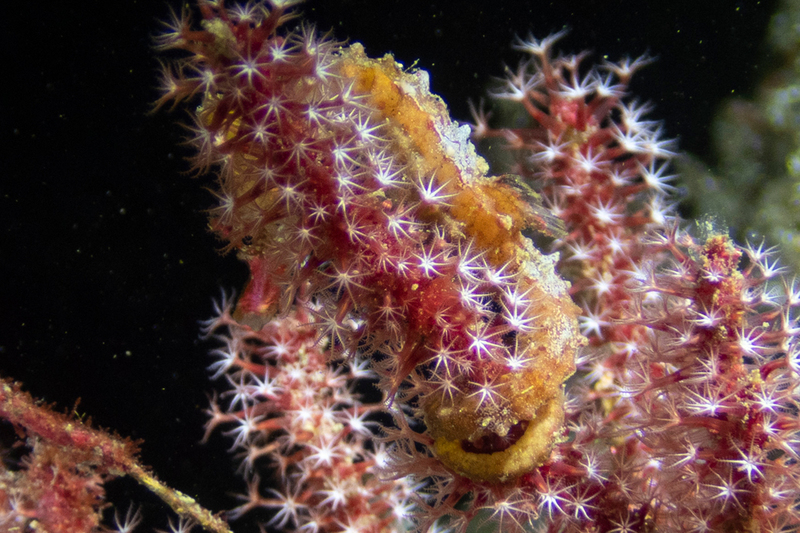
The flower seahorse has a variety of colors, most commonly white, red, yellow, brown and gray, with white radial spots around the iris and eyes. Its body is covered with stripes or spots, and sometimes semicircular stripes appear on the dorsal fin. Flower seahorses are often traded as aquarium pets because of their beautiful appearance.
7. Spiny Seahorse (scientific name: Hippocampus spinosissimus)
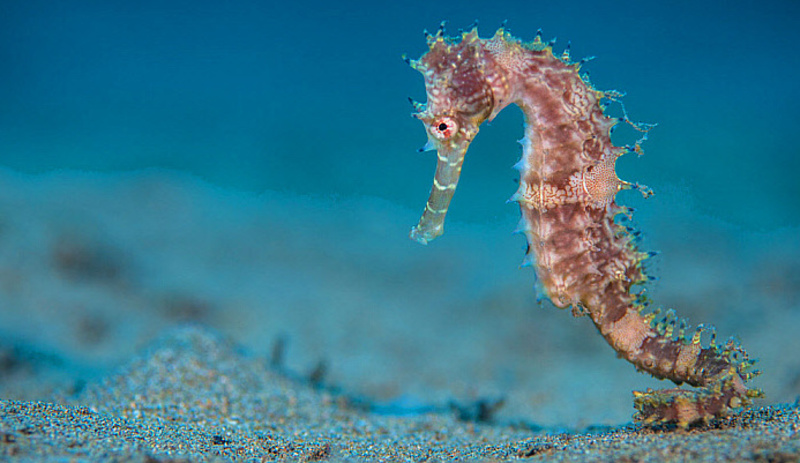
The spiny seahorse mainly inhabits reef areas with seaweed beds, usually living in water depths of more than 8 meters. In the central Philippines, it often appears with corals, starfish, sea urchins, sponges, submerged wood and large algae.
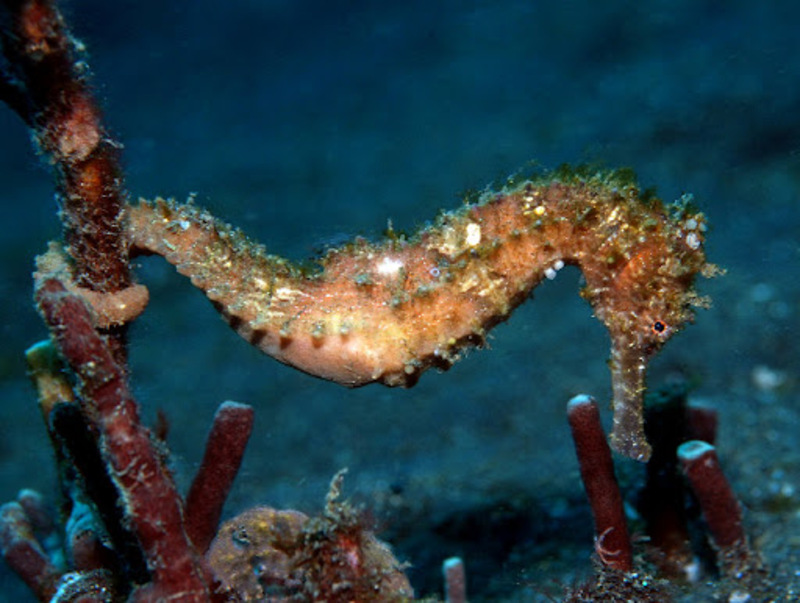
The color of the spiny seahorse varies, ranging from yellow-orange to dark red or dark brown at the mouth, and the front of the head is usually darker or darker. Due to its unique appearance, the spiny seahorse is often used in academic research and aquarium viewing. In addition, it can also be used as a Chinese medicinal material.
8. Spiny Seahorse (scientific name: Hippocampus histrix)
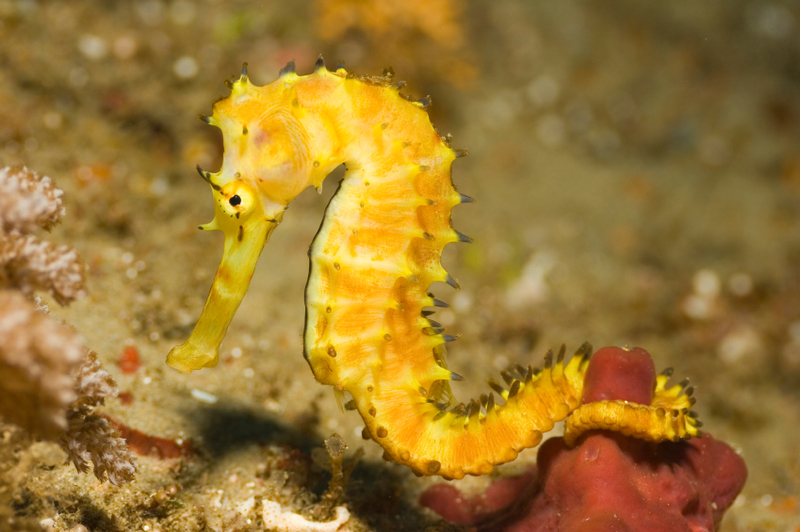
The spiny seahorse is widely distributed in the Indian Ocean and the Pacific Ocean, from southeastern Africa, Madagascar to Japan, Hawaii and French Polynesia. It can reach a length of 17 cm, and its body color is usually light yellow-brown. There is a row of longitudinal spots on the edge of the dorsal fin, and the anal and pectoral fins are light in color. The tips of the small spines on the body are light black-brown.
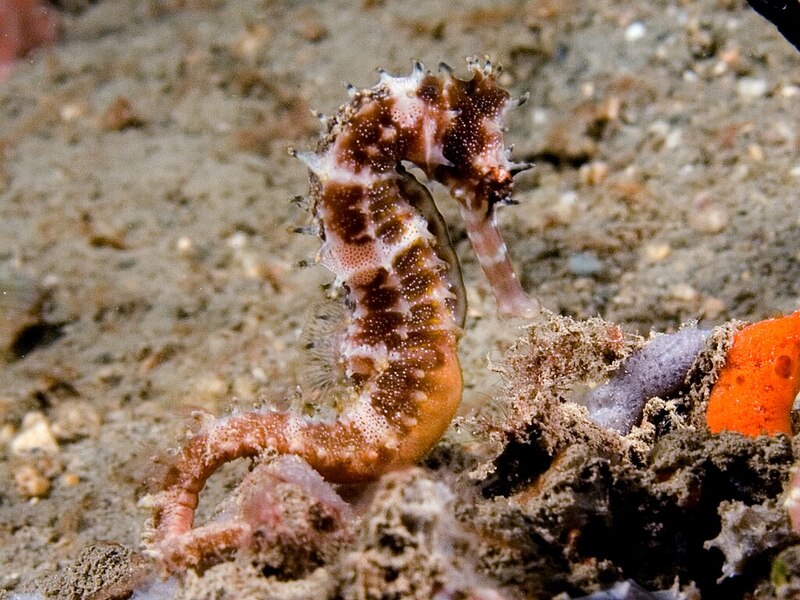
Due to its unique beauty, the spiny seahorse is often used in the aquarium trade. However, due to overfishing, it has been listed as an endangered species in the "Red List of Chinese Species".
9. Jha's seahorse (scientific name: Hippocampus jayakari)

Jha's seahorse is mainly distributed in the Red Sea and Arabian Sea in the western Indian Ocean. It usually lives in shallow coastal waters, especially in areas covered with seaweed, seagrass and reefs. The depth of the habitat can reach 20 meters and the body length can reach 14 cm. As one of the most beautiful seahorses, Jha's seahorse attracts many people with its gentle appearance.
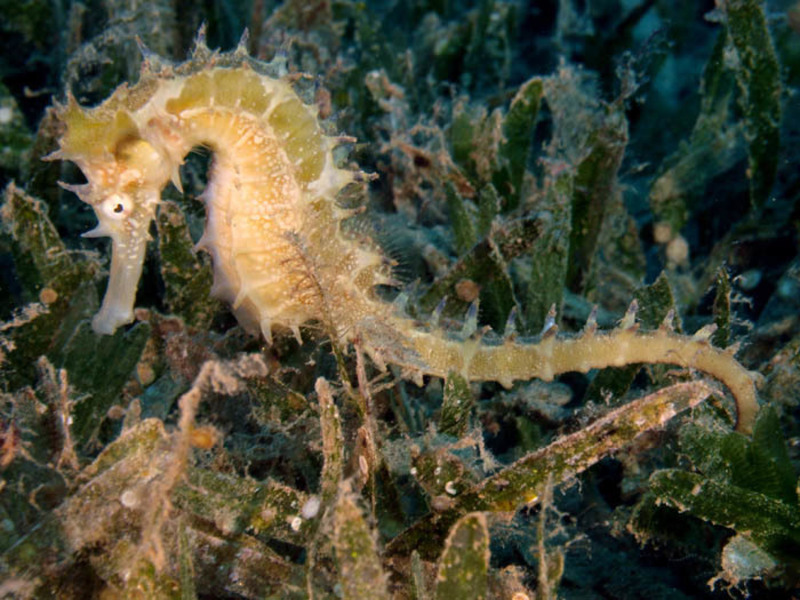
However, despite its seemingly docile appearance, the Jäger seahorse is actually a voracious carnivore that can devour anything it can swallow, mainly feeding on small crustaceans, fish and other invertebrates.
10. Warren's Pygmy Seahorse (scientific name: Hippocampus waleananus)
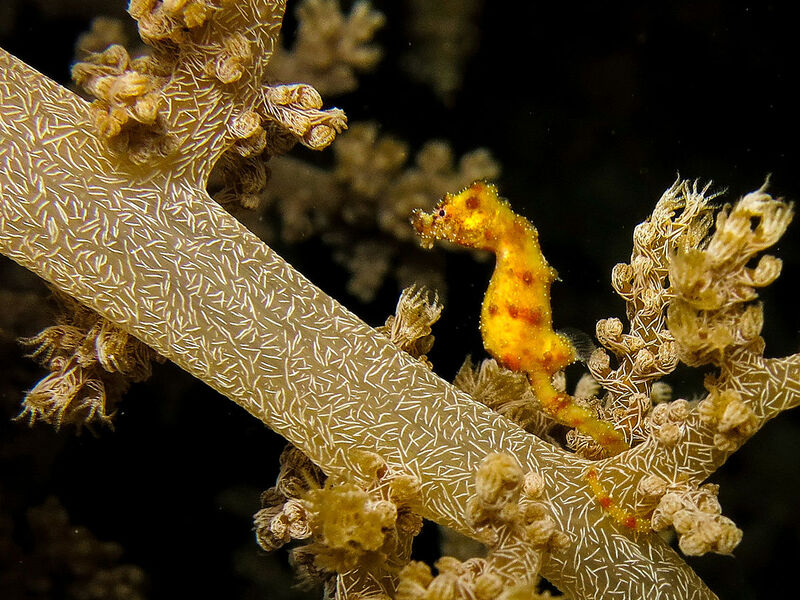
Warren's Pygmy Seahorse, also known as the Warri Island Dwarf Seahorse, belongs to the genus Hippocampus of the family Syngnathidae, order Acanthodes, class Actinopterygii, and is one of the beautiful seahorses. Warren's Pygmy Seahorse can reach a length of 1.8 cm. It is a carnivore that mainly feeds on small crustaceans and reproduces by ovoviviparity.
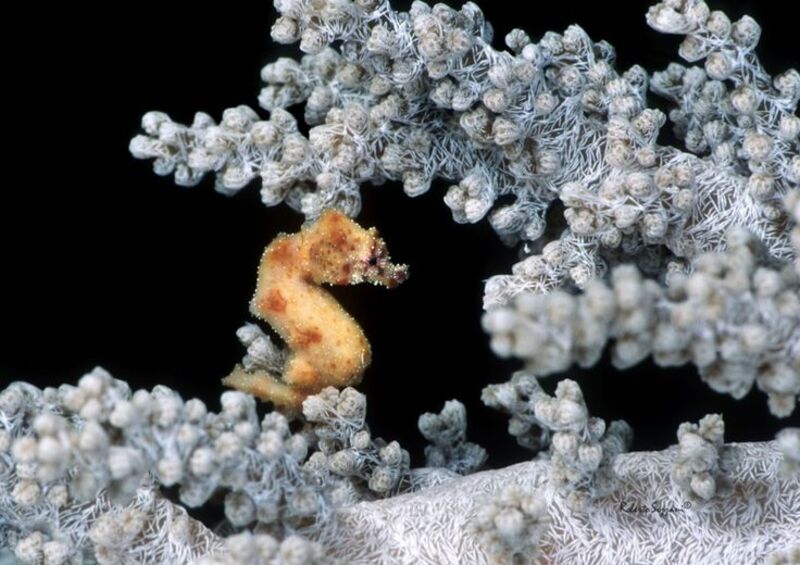
It usually lives in mixed reef and sand waters at depths between 5 and 20 meters, distributed in the waters of central Sulawesi, Indonesia. This seahorse was first described in 2009 and is named after the island of Wari in Indonesia where it was found. It is usually associated with soft corals.
The top ten most beautiful seahorse species are mainly based on the evaluation/popularity of the animal's appearance, and are recommended by referring to the relevant rankings/lists on the Internet. If you have any questions, please comment/criticize at the end.
animal tags: seahorse
We created this article in conjunction with AI technology, then made sure it was fact-checked and edited by a Animals Top editor.